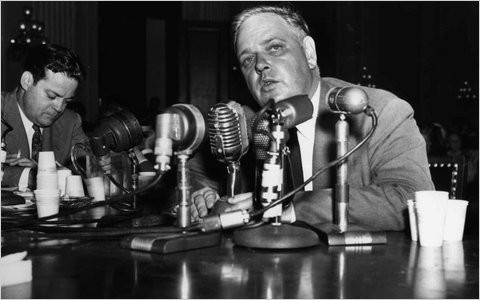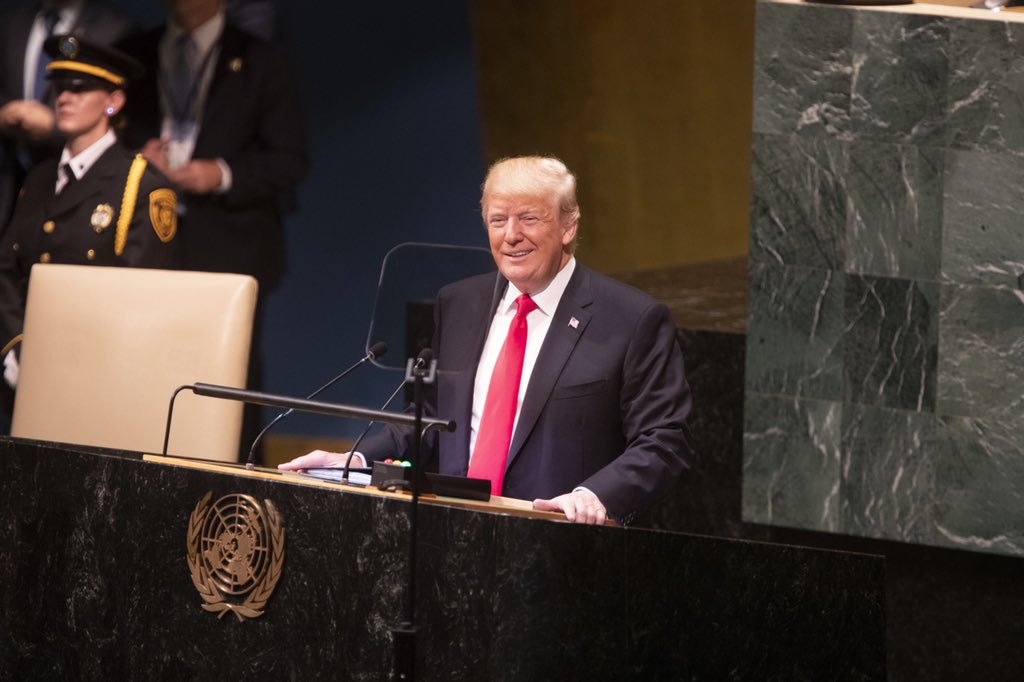ON THIS DAY IN HISTORY
HISTORY, NEWS & POLITICS
HISTORY & POLITICAL HEADLINES
OTD in History… August 3, 1948, Whittaker Chambers accuses Alger Hiss of being a Communist
By Bonnie K. Goodman, BA, MLIS

On this day in history, August 3, 1948, former Communist turned FBI informant Whittaker Chambers accuses former State Department official Alger Hiss of having been a Communist in his testimony in front of the House Un-American Activities Committee (HUAC) and then Congressman Richard M. Nixon. Although Hiss would be convicted of perjury two-years later, he would fight the rest of his life against the accusation. After the fall of the Soviet Union, historians have been able to gain access to archives and documents and conclude that Hiss probably was a Communist spy.
At the time, however, the Chambers-Hiss accusation was one of the most notorious coming out of the HUAC anti-Communist crusade. The investigations by the FBI, Director J. Edgar Hoover, the HUAC and later Senator Joseph McCarthy amounted to the blacklist and convictions of many supposed Communists in politics and the entertainment industry amounted then to a witch-hunt. Freshman Congressman Nixon would build a name for himself in HUAC and his red hunting pursuit of Hiss, by 1952, he would on the Republican ticket as the nominee for Vice President.
In 1948, rehabilitated Communist Chambers was an editor at TIME magazine but in the 1930s he had been a member of the Communist Party, however, with the start of the House of Representatives investigations into Communists in the late 1930s, Chambers left the Communist Party and became a Communist informant. With the HUAC investigations in the late 1940s, Chambers as an informant was called as a witness after accusing Hiss of being a Communist.
Hiss was a New Deal Democrat, who worked in the Justice Department in the Franklin D. Roosevelt administration, then the Agricultural Adjustment Administration (AAA) legal team, an investigator and legal assistant to the Nye Committee. In 1936, hiss moved to the State Department, first as an assistant to Assistant Secretary of State Francis B. Sayre, then “an assistant to Stanley Hornbeck, a special adviser to Cordell Hull on Far Eastern affairs.” In 1944, Hiss served as Director of the Office of Special Political Affairs on post-war plans, and intentional organizations and attended the big three Yalta and Potsdam Conferences. In 1946, Hiss left government to serve as the president of the Carnegie Endowment for International Peace.
In an editorial in TIME, Chambers accused Hiss of having belonged with his in “an underground organization of the United States Communist Party,” the “Ware group,” led by agriculturalist Harold Ware, who wanted to make an agricultural uprising in the cotton industry. Chambers claimed, “The purpose of this group at that time was not primarily espionage. Its original purpose was the Communist infiltration of the American government. But espionage was certainly one of its eventual objectives.” Chambers accused eight members in total. By making it about espionage, the only illegal crime Chambers ensured it relevant to HUAC who was trying to prove the Democratic administrations of Roosevelt and then Harry Truman were soft on Communists.
Hiss was on the radar since 1939, when accusations against him started circulating. Nixon received information from former Central Intelligence Agency, CIA Director Allen Dulles and Roman Catholic Priest John Francis Cronin implicating Hiss. Cronin was the author of “The Problem Of American Communism In 1945”, where he declared, “In the State Department, the most influential Communist has been Alger Hiss.” Nixon made it his mission to go after Hiss, and the House made Nixon the chair of the HUAC subcommittee responsible for investigating Hiss, and he was figured prominently in questioning Chambers on August 3 and then Hiss on August 5 and during their subcommittee testimonies.
On August 3, Chambers gave his testimony in the Cannon Caucus Room in front of the HUAC naming Hiss a Communist. Both Chambers and Hiss alleged the other was lying, Committee Chairman J. Parnell Thomas of New Jersey told the two, “certainly one of you will be tried for perjury.” Only after Chambers declared on Meet the Press that Hiss was a Communist and Hiss filed a libel suit did Chambers accuse Hiss of being a spy as well.
On November 17, 1948, Chambers produced evidence, retyped State Department documents from the “November and December 1937 arrest and disappearance in Moscow of a Latvian-born man and his wife, an American citizen” the documents mostly dated from 1938 and included handwritten notes by Hiss. Chambers claimed Hiss wanted them sent to the Soviets. The documents became known as the Baltimore Papers. Additionally, On December 2, 1948, Chambers led investigators to his Maryland farm and “microfilmed copies of classified State Department documents” from 1938 in a hollowed out pumpkin. Collectively HUAC referred to all the documents as the “Pumpkin Papers,” they were enough evidence to charge Hiss with perjury. After two trials the first with a hung jury, Hiss was found guilty of two counts of perjury in January 1950, sentenced to five concurrent years, Hiss only served 44 months in prison.
Historian Tim Weiner writing, in his book Enemies: A History of the FBI argues the turning point was when Chambers upped his accusation from Communist to Communist spy. Weiner notes, “This was a crucial point. Infiltration and invisible political influence were immoral, but arguably not illegal. Espionage was treason, traditionally punishable by death. The distinction was not lost on the cleverest member of HUAC, Congressman Richard Nixon…. He had been studying the FBI’s files for five months, courtesy of J. Edgar Hoover. Nixon launched his political career in hot pursuit of Hiss and the alleged secret Communists of the New Deal.”
Nixon was able to make a public name for himself as a combatant of Communism, he parlayed this into being Dwight D. Eisenhower’s running mate in 1952 and then Vice President, in 1960 to the Republican Presidential nomination and finally in 1968 to win the presidency. The Hiss conviction helped fuel the anti-Communist investigations in government. Just two weeks afterward on February 9, Senator Joseph McCarthy delivered his Wheeling Speech. McCarthy famously alleged, “The State Department is infested with communists. I have here in my hand a list of 205 — a list of names that were made known to the Secretary of State as being members of the Communist Party and who nevertheless are still working and shaping policy in the State Department.” The speech catapulted McCarthy to head a Senate investigation in Communists infiltrating the government leading to his McCarthyism reign of terror in the early 1950s. By 1954, the Senate censured McCarthy, and the Communist hysteria finally died down.
SOURCES AND READ MORE
Summers, Anthony, and Robbyn Swan. The Arrogance of Power: The Secret World of Richard Nixon. New York: Penguin, 2001.
Tanenhaus, Sam. Whittaker Chambers: A Biography. New York: Random House, 1997.
Weiner, Tim. Enemies: A History of the FBI. New York: Random House, 2012.
Bonnie K. Goodman has a BA and MLIS from McGill University and has done graduate work in religion at Concordia University. She is a journalist, librarian, historian & editor, and a former Features Editor at the History News Network & reporter at Examiner.com where she covered politics, universities, religion and news. She has a dozen years experience in education & political journalism.



